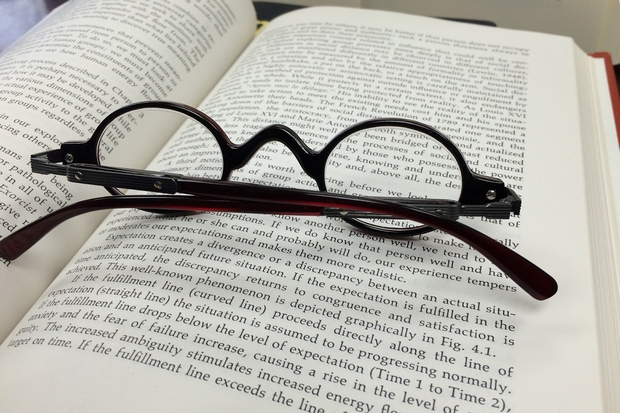THE WORLD
THROUGH OUR EYES
Discover some surprising statistics about eye care and vision loss, from UV exposure to impact on education
An eye test, much like a trip to the dentist, is a life admin appointment that many of us undertake every 1-2 years to ensure that we are seeing the world clearly, from your computer screen to the road signs on the motorway. However, there is more to eye tests than reviewing your prescription or making blurriness clear again.
An eye test is essential to keeping your eyes healthy and protected from potentially developing problems such as refractive errors (myopia, hyperopia, astigmatism), cataract or glaucoma. If undiagnosed, remaining uncorrected or untreated, such problems can lead to severe vision impairment and even blindness, despite the fact that 80% of visual impairment can be prevented or cured! And yet, 2.5 billion people live with poor vision, unaware of the potential damage they could be causing to their eyes by not correcting their sight.

Aside from the potential visual impairment that can occur without proper eye care and check-ups, sight problems can affect a number of lifestyle elements and even impact your quality of life, especially in children who may be unaware of a problem. Thorough eye exams can also help to diagnose other problems such as diabetes and cancer.
Good eye care (i.e. wearing your glasses) and regular eye tests help keep your eyes and sight healthy, and ensures you can get the most out of life without compromising the view.
Take a look at some surprising statistics below for more information on eye care, negative impacts, and visual impairments to see the world through our eyes and protect your sight starting today.
- UV rays are harmful and have a cumulative impact on your eyes, especially as 40% of UV exposure occurs when you are not in full sunlight. Moreover, some 80% of all UV exposure occurs before reaching the age of 18 as a child’s eyes are not as adapted to withstanding UV rays as adults.
- Uncorrected vision problems can be found in 23% of drivers AND 59% of road traffic accidents may be related to poor vision.
- Vision problems can affect productivity in the workplace, and with 33% of the world’s working population living with uncorrected eye conditions, performance implications could affect economies worldwide. Furthermore, globally, a surprising $269 billion is lost in worker productivity because of uncorrected vision.
An individual’s productivity and learning ability can also be affected in education if they’re suffering from poor vision, especially children.

80% of what children learn is through visually processing information, if their sight is affected, this can disrupt their learning and ability to absorb information considerably, making good eyesight crucial to education and a child’s development. With 30% of children suffering from a sight problem, it isn’t just their education that may be affected but their health (headaches, etc.) and their ability to interact and engage with others around them.
An estimated 19 million children are visually impaired. Of these, 12 million are impaired because of refractive errors, which can be easily diagnosed and corrected. That’s 12 million children struggling more than they need to when a simple eye test can improve their quality of life.
Globally, 43% of visual impairments are due to uncorrected refractive errors(astigmatism, etc.), while 33% is due to un-operated cataracts with a further 2% due to glaucoma. These are the major causes of visual impairments, many of which can be treated, cured, or prevented.
An eye test may appear to be a simple test of whether you need glasses to make blurriness become clear, but it can often be the line between healthy eyes and causing long term damage to sight, potentially diminishing quality of life, and even affecting education. Don’t put it off, regular eye tests (at least one every two years) can help you maintain healthy vision – contact your nearest Eye Care Professional today.
Sources:
http://www.who.int/mediacentre/factsheets/fs282/en/
http://www.essilor.com/en/EyeHealth/Pages/2012WorldSightDay.aspx

